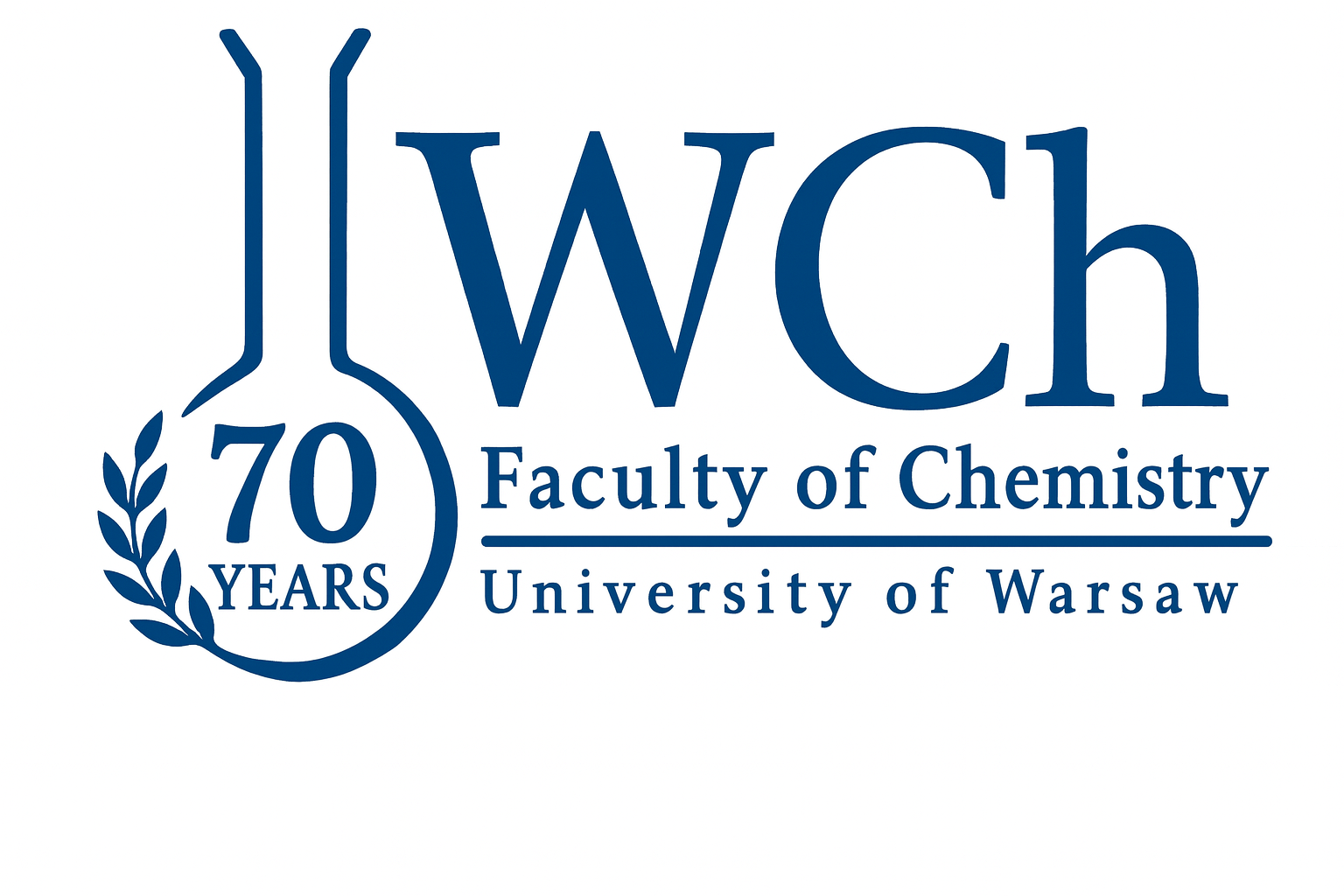Electronic structure theory for high-precision spectroscopy, collisions, and attosecond processes
Team leader: prof. dr hab. Robert Moszyński
Team leader’s e-mail address: rmoszyns@chem.uw.edu.pl
Brief description of the research topic:
Description of the proposed research
Molecules cooled to temperatures below T = 10−3 K allow for tackling questions touching upon the very fundamentals of quantum mechanics. They are promising candidates in novel applications, ranging from ultracold chemistry and precision measurements to quantum computing. Cold and ultracold molecules are thus opening up new and exciting areas of research in chemistry and physics due to their manifestly quantum nature. In this project we propose to attack the following goals concerning new physics with ultracold molecules and fermionic gases:
◊ Fundamental science with ultracold molecules by precision calculations for precision spectroscopy
◊ Predictions for state-selective production of molecular ions
◊ Many-body physics of ultracold fermionic gases
A proper realization of the above mentioned goals will require new developments in the electronic structure theory. These will go in three directions: increase the accuracy of the approximate methods to compute the electronic structure data such as the potential energy surfaces, spin-orbit and nonadiabatic coupling matrix elements, one- and multi-photon transition moments, and dynamical Stark shifts by using explicitly correlated methods with explicitly correlated basis functions, include effects beyond the Schrödinger theory, and include terms beyond the the Born-Oppenheimer approximation. Thus, an important part of the project will be devoted to theoretical and computational developments of the electronic structure methods in three specific directions:
◊ State-of-the-art explicitly correlated methods of many-body theory for precision spectroscopy
◊ Relativistic and QED effects in molecular spectra and collisions for many-electron molecules
◊ Electronic structure and quantum dynamics beyond the Born-Oppenheimer approximation
Attoscience is a rapidly developing area of science with unprecedented possibilities of applications in physics, chemistry and biology. In this project we propose to attack the following goals at the border of biology, chemistry, and physics:
◊ Understanding and development of various methods of detection of High Harmonic Generation (HHG) to describe dynamics of multi-electron processes in atoms, electronic orbitals in oscillating/dissociating molecules and biomolecules, excitation and relaxation processes in solids and graphene-like materials.
◊ Understanding and development of various methods of detection of Above Threshold Ionization (ATI) to describe dynamics of multi-electron processes in atoms, electronic orbitals in oscillating/dissociating molecules and biomolecules, excitation and relaxation processes in solids and graphene-like materials.
◊ Understanding and development of various methods of detection of individual, pairs and trains of attosecond pulses combined with strong infrared or mid-infrared pulses to describe dynamics of multi-electron processes in atoms, electronic orbitals in oscillating/dissociating molecules and biomolecules, excitation and relaxation processes in solids and graphene-like materials.
